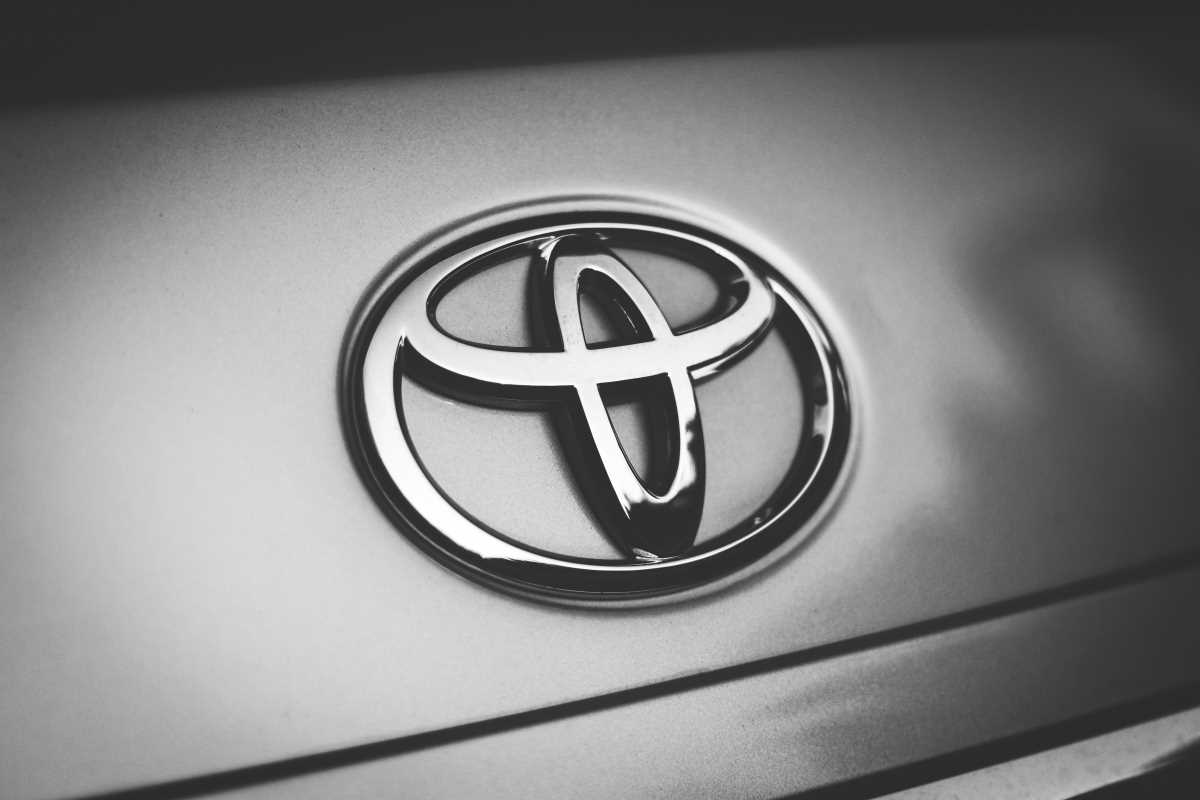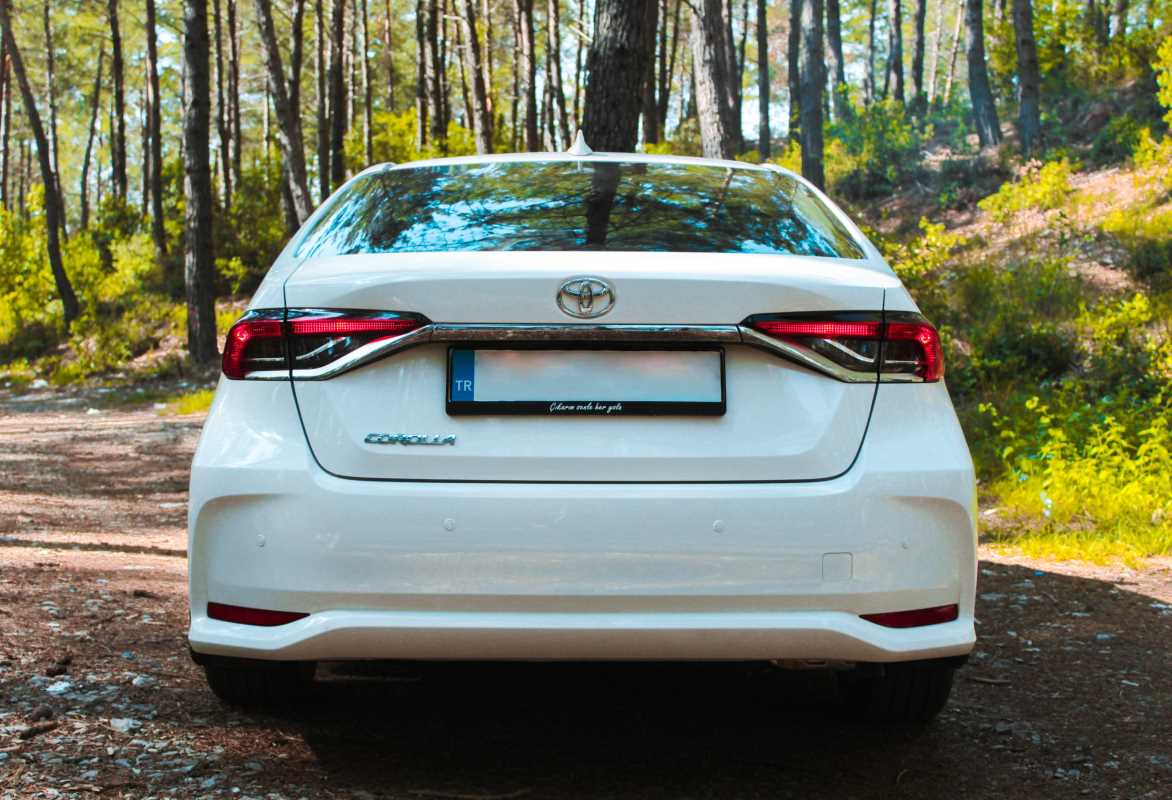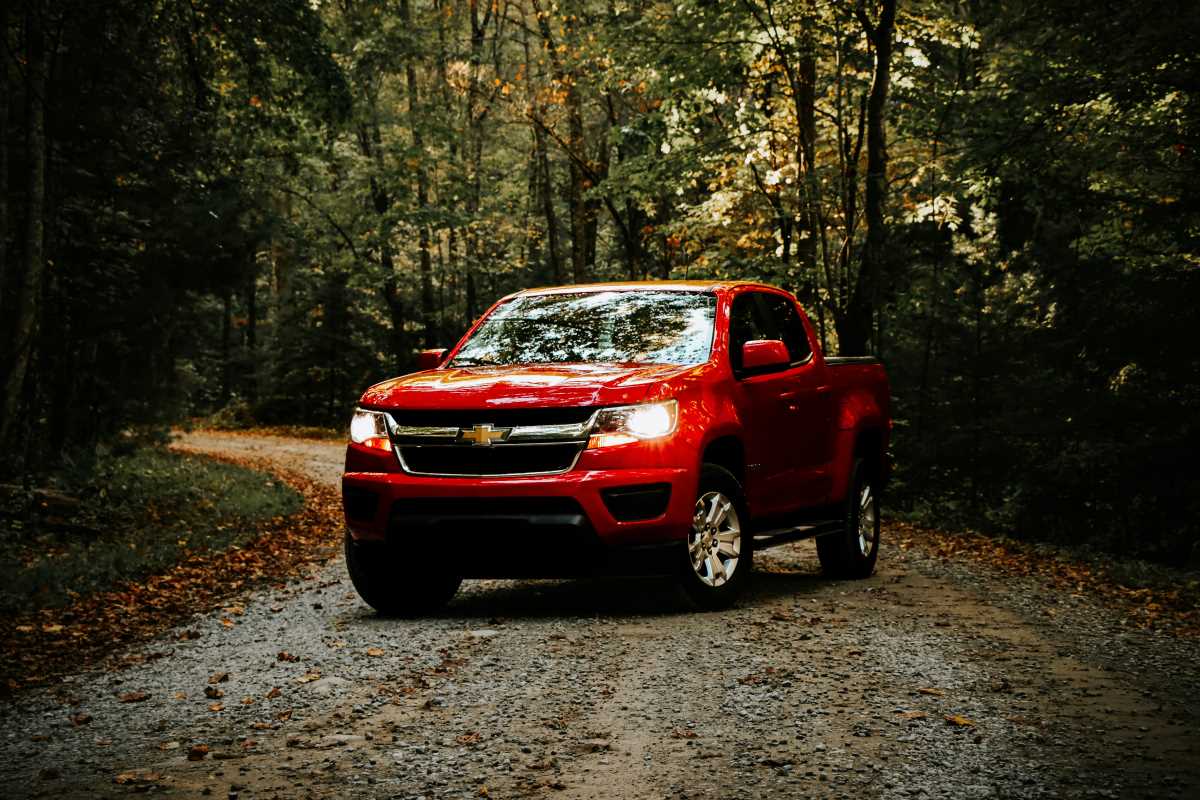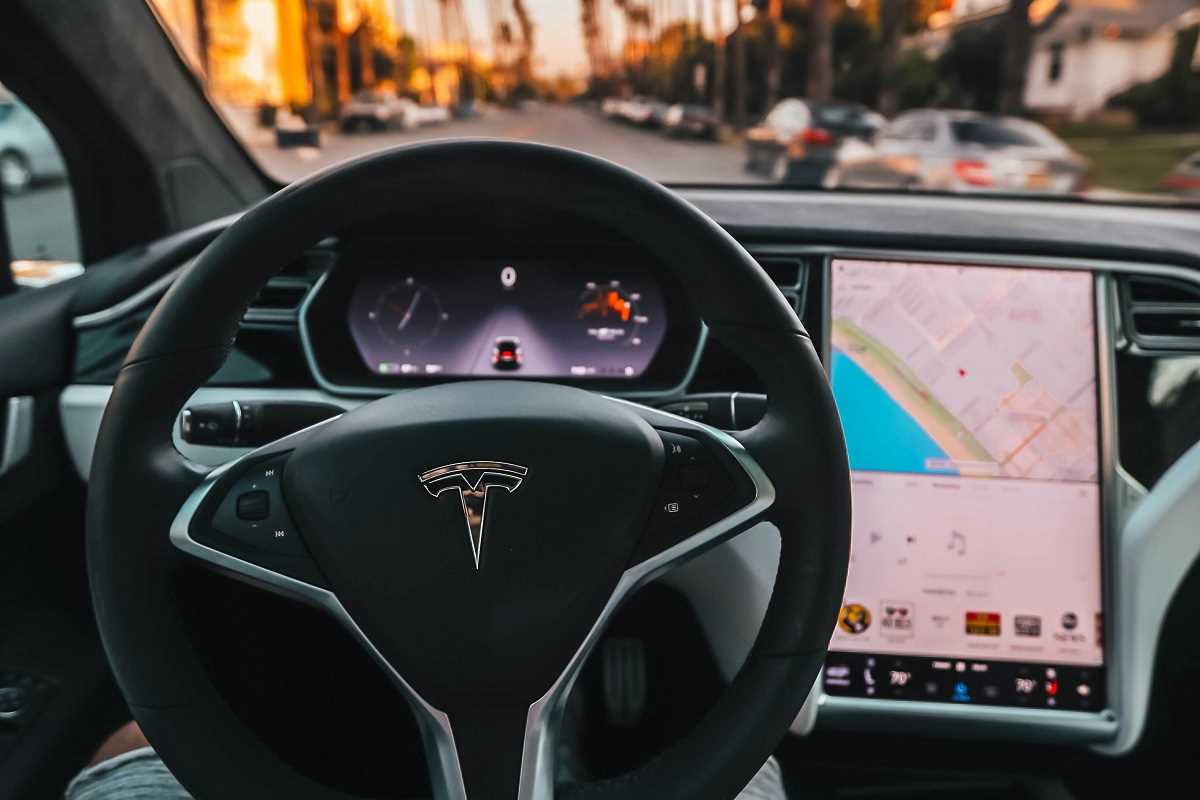The Toyota Avalon debuted in the U.S. in 1994, quickly carving out a niche with its exceptional blend of spaciousness, unparalleled comfort, and Toyota's hallmark reliability. For nearly three decades, it remained a strong contender in the full-size sedan segment, consistently praised for its practicality and refined driving experience. Although Toyota ceased production of the Avalon for the North American market after the 2022 model year, its influence persists in the used car market. This enduring appeal is largely due to its generously proportioned cabin, smooth and quiet ride, and its robust reputation for delivering long-term value. We'll delve into the distinctive qualities that made the Avalon stand out, trace its evolution across five generations, and uncover why it continues to be a sought-after vehicle for many drivers today.
The Birth of an Icon: The First Generation (1995-1999)
Toyota designed the Avalon to meet the needs of American drivers looking for more space than what mid-size sedans could provide. Built on an extended Camry platform, the first-generation Avalon boasted a particularly roomy interior, often compared to classic domestic full-size cars like the Ford Taurus and Chevrolet Impala. Toyota equipped the Avalon with a front bench seat and column shifter option, enabling six-passenger capacity—a feature that, while not new to Toyota globally, was significant for the brand in the U.S. market.
The Avalon was powered by a 3.0-liter V6 engine producing 192 horsepower at launch, upgraded to 200 horsepower in later years of the generation. It delivered a calm, quiet ride aimed at passenger comfort over sporty performance. Interior quality was a highlight: soft materials, excellent legroom, and strong attention to keeping cabin noise at bay made the Avalon a favorite among buyers prioritizing everyday comfort and dependability. ABS was optional at first but became standard in 1997, reflecting Toyota’s focus on safety advancements alongside reliability.
Refining the Formula: The Second Generation (2000-2004)
With the second generation, Toyota made the Avalon larger and sleeker, updating its look to feel less boxy and more streamlined. The interior also received improvements in comfort and tech, with available features like an electrochromic auto-dimming mirror, rain-sensing wipers, remote infotainment control, and for the first time, an available navigation system. The car continued to accommodate up to six passengers, with both bench and bucket seat options.
Under the hood, the Avalon still ran a 3.0-liter V6, but the introduction of Variable Valve Timing with intelligence (VVT-i) boosted power to 210 horsepower and improved fuel efficiency. Anti-lock brakes (already standard in late first-generation models) carried over as standard equipment, and new safety tech like Vehicle Stability Control became available. As the first Avalon designed, engineered, and built entirely in the U.S., this generation reaffirmed the model’s reputation for dependability, comfort, and feature-rich value, though it was more focused on ride and space than luxury.
A Leap in Luxury: The Third Generation (2005-2012)
Toyota took major strides in style, technology, and performance with the third-generation Avalon, giving the sedan a distinctive look that moved beyond its Camry roots. The body grew more refined and aerodynamic, with a sweeping roofline and an upscale presence. The front bench seat was dropped in favor of more supportive front buckets, reflecting evolving buyer expectations.
This was also the first Avalon to get the new 3.5-liter V6 (2GR-FE), initially rated at 280 horsepower, then adjusted to 268 horsepower due to changes in SAE measurement standards (the actual engine output did not change). That output gave the Avalon quick acceleration, but the real draw remained its comfortable and quiet ride. The interior became more luxurious, offering features like reclining rear seats, a flat rear floor for more legroom, JBL premium audio, navigation, and keyless entry with push-button start. These are amenities approaching near-luxury status. The third generation cemented the Avalon’s appeal as a high-value, comfort-oriented full-size sedan with technological sophistication.
Modernizing a Classic: The Fourth Generation (2013-2018)
For the fourth generation, Toyota gave the Avalon bolder, sportier styling, attracting a younger and broader audience. The sedan adopted a prominent grille, sleek lines, and a five-passenger layout, as Toyota phased out the bench seat option. Inside, buyers found high-quality materials, smart design, and major technology updates. The Toyota Entune multimedia system became standard, while advanced safety features, including Toyota Safety Sense with pre-collision warning and lane departure alert, became available on higher trims.
A significant addition was the Avalon Hybrid, pairing a 2.5-liter four-cylinder engine with an electric motor for improved efficiency. The Avalon Hybrid achieved an EPA-estimated 40 mpg city, 39 mpg highway, and 40 mpg combined. These are outstanding figures for a vehicle of its size. The V6 engine remained for drivers who favored traditional power and smoothness. Each model year saw tweaks to tech and safety options as the Avalon continued to strike a balance between efficiency, modern amenities, and the full-size comfort it was known for.
The Final Chapter: The Fifth Generation (2019-2022)
The fifth-generation Avalon, debuting for the 2019 model year, was built on the Toyota New Global Architecture (TNGA) platform. This new structure gave the car a lower center of gravity, stiffer chassis, and sleeker proportions for both better handling and a more dramatic visual statement. The bold grille, elegant bodywork, and coupe-inspired silhouette made it stand out like never before.
The traditional 3.5-liter V6 (now rated at 301 horsepower) was joined by an efficient hybrid setup, meeting the demands of both performance-minded and eco-conscious drivers. In a significant change, Toyota introduced available all-wheel drive for the Avalon in the 2021 model year, a first for the lineup and a nod to drivers in colder regions. The interior showcased contemporary design with a “floating” touchscreen, premium cabin materials (including available genuine wood and aluminum), and comfort reminiscent of luxury brands. Advanced driver-assistance systems like adaptive cruise control and blind-spot monitoring became widely available. Sales wound down as the market shifted to SUVs, and the Avalon was discontinued in favor of the new Toyota Crown crossover-sedan after 2022.
The Enduring Legacy of the Toyota Avalon
Although the Avalon is no longer in production, its core values of comfort, roominess, safety, and Toyota-grade reliability continue to win it fans among used-car buyers. Early models offered dependable and spacious transportation, while later generations added refinement, advanced features, and even near-luxury amenities. The Avalon’s history showcases Toyota’s commitment to evolving driver expectations and keeping a focus on what matters most: a smooth, safe, and enjoyable ride. For those seeking a full-size sedan with proven value, the Avalon’s legacy endures as a benchmark for the segment.
 (Image via
(Image via





